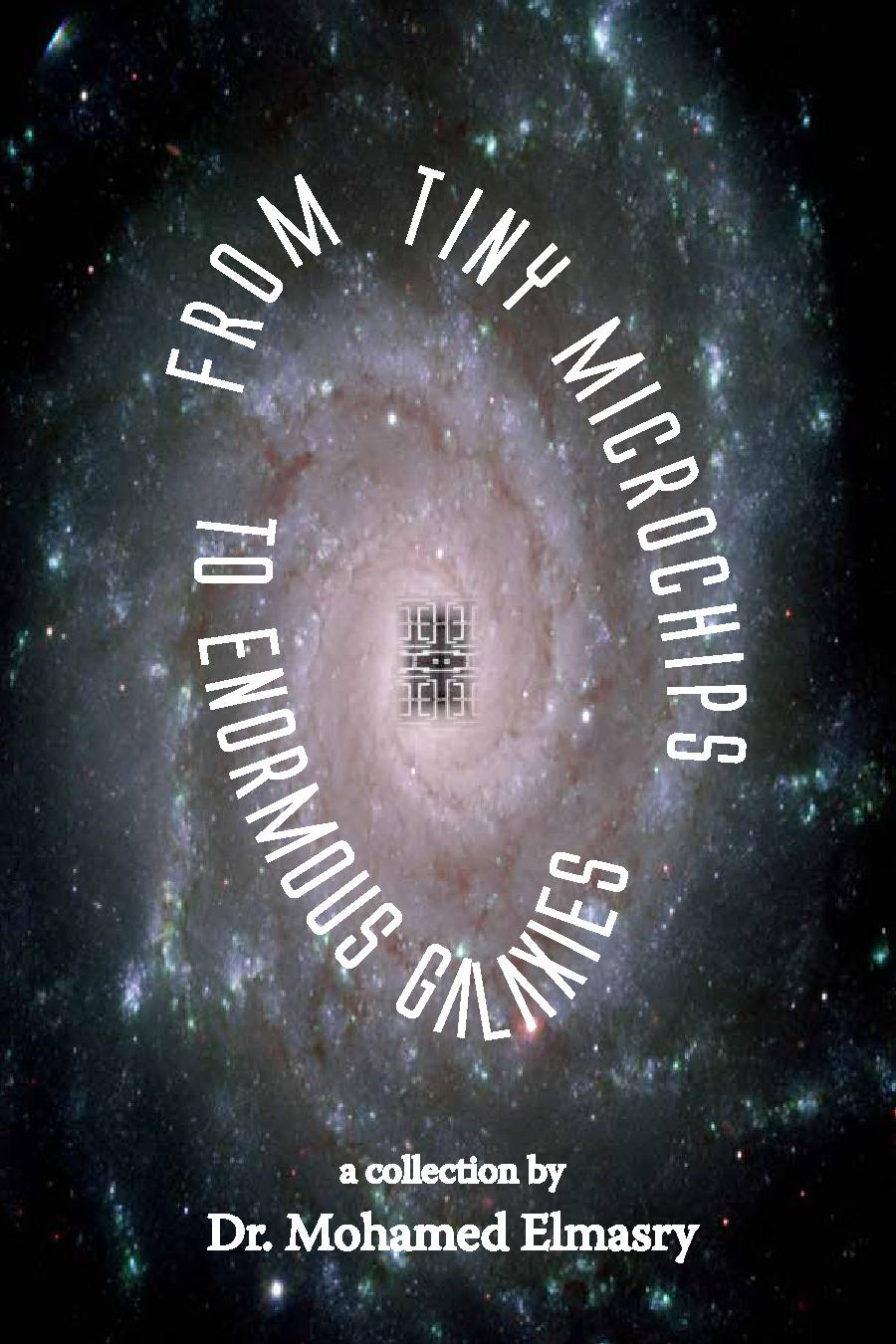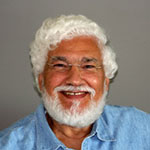September 8, 2013
From Yugoslavia with love, Part 3/4
In his excellent 1954 book Introducing Yugoslavia, British author Lovett F. Edwards was also fond of Mostar, a small city set like a jewel in the mountainous landscape of southern Bosnia-Herzegovina. But who wouldn't.
While I was fundraising for Bosnian refugees settling in Canada in the 1990s, I used copies of a lovely painting of its famous bridge, the most beautiful foot bridge in the world, to encourage donors. The bridge is not only a famous bridge but also, as bridges go, exceedingly unique.
The bridge spans 28.7 meters of the Neretva River, 21 meters above the summer water level. The bridge footpath and the approaching roads are paved with cobblestones, as is the case with the main roads in the town. Stone steps enable people to ascend to the bridge either side.
The name Mostar itself means "bridge-keeper."
Since long before Ottoman times, the town was an important river-crossing along the road from the Adriatic coast to the Bosnian heartland. As Mostar's economic and administrative importance grew with the coming of the Ottoman rule, the precarious wooden suspension bridge over the Neretva gorge required replacement.
“The wonderful old ‘roman bridge’ across the Neretva at Mostar is, of course, not Roman, but Turkish,” said Edwards, “The name derives from the fact that it was built by Dalmatian masons who were known to local inhabitants as ‘latini’.”
“The Mostar polje is literally the meeting of East and West,” he added, “The houses are still stone-built and the streets paved in the Mediterranean manner. But the gardens and the mosques and the coffee-houses are definitely Bosnian. The Herzegovina is mostly karst, Bosnia mostly forest, and the Ivan Planina which divides the two also divides the watersheds of the Adriatic and the Black Sea. The Black Sea watershed is enormous; that of the Adriatic short and precipitous.”
The great traveler Evliya Çelebi wrote in the 17th century that the bridge "is like a rainbow arch soaring up to the skies, extending from one cliff to the other. ...I, a poor and miserable slave of God, have passed through 16 countries, but I have never seen such a high bridge. It is thrown from rock to rock as high as the sky."
When Hajredin, Sinan's most notable apprentice, was commissioned to build the Mostar’s bridge, his first attempt collapsed into the teal-blue torrents of the Neretva River.
The Ottoman Sultan was furious and announced that one more failure would cost Hajredin his head. Since Hajredin was given no deadline, he worked slowly, trying to prolong his life, but finally finished the bridge in 1566.
When the bridge’s supports were removed, and the bridge stood firm, Hajredin's assistants could not find him to tell him. They eventually came upon him weeping as he dug his grave, fatalistically preparing himself for the inevitable. His precise craftsmanship has survived over 400 years.
The bridge is a footbridge, of no military value, but famous as the longest single stone span in the world and as a jewel of Ottoman architecture. But at 10:15 am on one war day, Croat tanks firing at point-blank range sent the bridge tumbling into the river. Today it is difficult to find a Bosnian in Mostar who cannot recall precisely what he or she was doing when the news spread that Stari Most had fallen.
Stari Most connected Stari Grad, Mostar's Old Town, on the eastern bank of the Neretva, to the largely new town on the western bank. It thus also linked the two parts of the city that were associated with Mostar's Muslim and Catholic populations respectively.
Though the two sides of the river were largely integrated in 1992, the symbolism of the bridge as a link between Bosnian Muslims and Croat Catholics, as a representation of Bosnian multiculturalism, persisted and intensified during the war. It was that symbolism that made Stari Most a target of those who wanted an exclusively Croatian capital in Mostar.
Mostar itself is rich in other Islamic treasures. Like Sinan's masterwork, the Süleymaniye Mosque in Istanbul, Mostar's Karadžozbeg Mosque bore a single dome set on penden-tives, a form which became a mark of Ottoman mosque construction.
In one corner old men pour sweet Turkish coffee from the traditional brass dzezve . In the marketplace, the Arab suq, a visitor can watch artisans hammer out copper trays and ornate incised belts that would sell well in Baghdad. Along the narrow, twisted streets he can find an open café, serving lamb wrapped in grape leaves. After a leisurely walk he can see the Karaadjoz Bey Mosque, whose slender minaret looks out over the beautiful green Neretva valley.
During the break-up wars of the 1990s, A. Bubić, Commissioner of Culture and Sport of Bosnia-Herzegovina and resident of East Mostar said in 1995, "I was in my office, working to the sound of mortar fire, when we heard the cries in the street—cries that the bridge had fallen. And what happened then was so impressive that I will never forget it. Everyone came out to see. Grenades and bombs were falling everywhere, but still they came out of their hiding places: Young, and old, weak and strong, Muslim and Christian, they all came, all crying. Because that bridge, it was part of our identity. It represented us all."
András Riedlmayer, bibliographer in Islamic art and architecture at Harvard University's Fine Arts Library, has compiled the most complete archive of the hundreds of monuments destroyed in the 43-month war. "The bridge at Mostar survived the fall of the Ottoman Empire," he says. "It survived World War I, and it was spared during the Fascist retreat at the end of World War II, though many other bridges in the Balkan theater were destroyed. Its destruction was not an act of war, but an attempt to destroy the multicultural ideal of the Bosnian state."
Mostar architect Amir Pasić, who received the 1986 Aga Khan Award for Architecture for an earlier restoration of Stari Most believes that "the bridge's reconstruction can be the keystone of the healing of the city." But Mostar today is a divided city; the west bank is held by Croat factions that have a troubled and tenuous relationship with the Bosnians who control the east side.
"It was the place where someone might be kissed for the first time," muses Professor Muhammed Hamidović, director of the Institute for Preservation in Sarajevo. "It was the place where people met. It was the spot from which, for hundreds of years, all young boys—Muslim, Christian, Orthodox and Jew—dived into the river to prove their courage, as a sort of rite of passage."
It is to the Ottoman period that Bosnian multiculturalism traces its origins. The Ottomans brought with them strict laws regarding religious toleration of Christians, Jews and other minorities, a policy of non-interference in communal affairs, and recognition of the economic value of intercommoned trade.
Since the end of the break-up war in 1995, great progress has been made in the reconstruction of the bridge and the city. In 2004 a grand opening of the bridge was held under heavy security and a year later UNESCO inscribed it and its closest vicinity which includes the Koski Mehmed Paša Mosque (built in 1617) and the Tepa Market onto its World Heritage List.
It is hard to know whether rebuilding the bridge will help reunify this scarred and divided city. Today, only 30,000 of Mostar's 130,000 prewar inhabitants remain in the city, along with 30,000 refugees from outlying towns and villages.
The Cejvan Cehaj Mosque, built in 1552, is the oldest mosque in Mostar. The Kujundziluk - Old Bazaar, is named after the goldsmiths who traditionally created and sold their wares on this street, and still sells authentic paintings and copper or bronze carvings of the Stari Most, pomegranates (the natural symbol of Herzegovina) or the famed stećaks (medieval tombstones).








